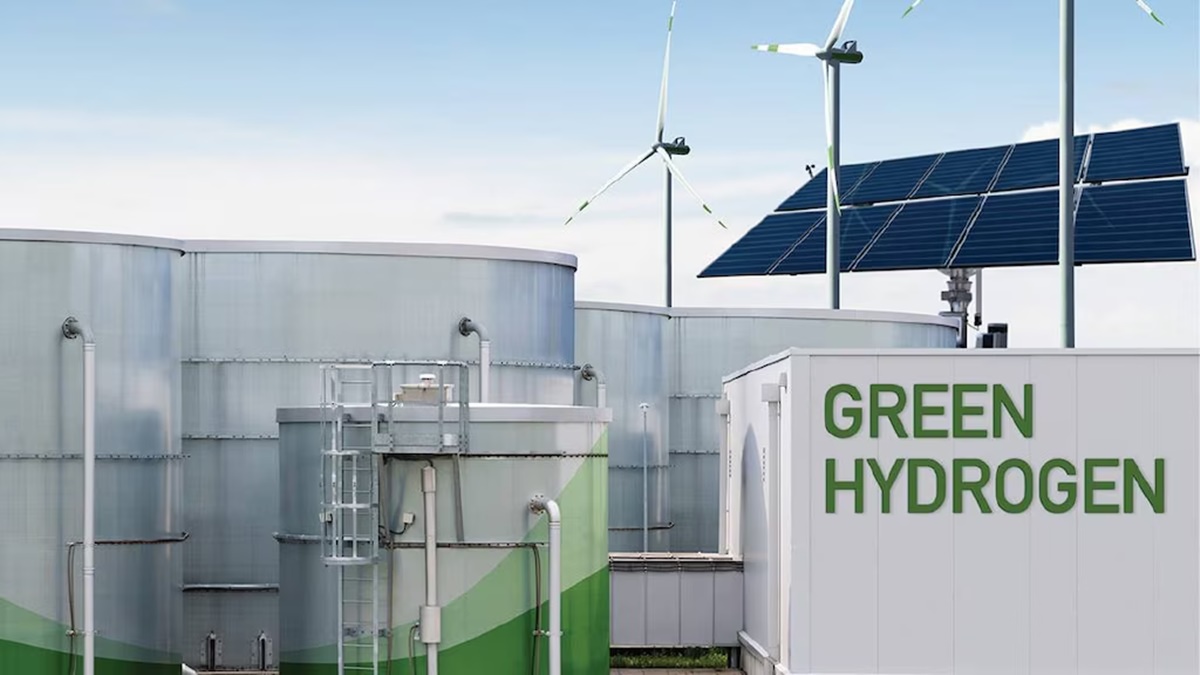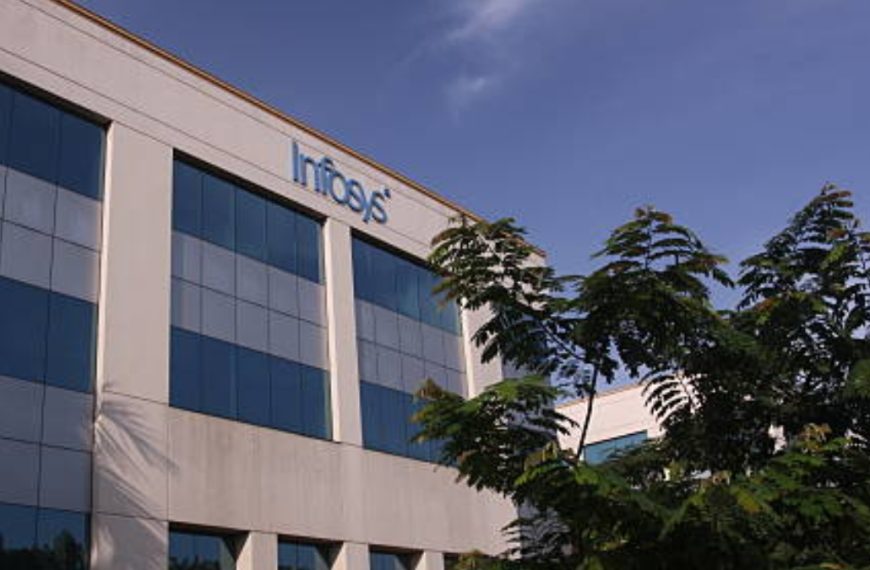The widening financial divide between grey hydrogen and green hydrogen is projected to narrow, yet it will remain significant over the next three years. According to a recent report from Crisil Ratings, the cost gap is expected to stabilize between $1.0 and $1.5 per kg while the current disparity stands at $2.0 to $2.5 per kg. This persistent gap could delay the adoption of green hydrogen mandates and increase the risks associated with new project developments.
The Challenge of Cost Reduction
For green hydrogen to compete effectively with its grey counterpart, experts indicate a substantial reduction in its production costs is essential. Crisil Ratings highlights that the levelized cost of green hydrogen must drop by over 50% to become competitive.
- Key components: The costs associated with the Round-the-Clock (RTC) renewable energy plants and electrolyzers need to decrease by 40-50%.
- Efficiency improvements: Additionally, the efficiency of electrolysis technology must increase from the current 60-65% to above 80%.
Understanding Green Hydrogen Production
Green hydrogen is generated through the electrolysis of water powered by RTC renewable energy. The financial structure of these projects reveals that:
- Renewable plants account for about two-thirds of total project costs.
- Electrolyzers contribute roughly one-third.
- Other expenses involve water sourcing and construction costs.
Trends in Electrolyzer Costs
Between 2010 and 2020, the cost of electrolysis technology saw a dramatic 42% decrease. However, this decline has slowed considerably, with only a 20% reduction anticipated from 2021 to 2024. As of March 2025, the price of electrolysis systems is expected to remain above $1,000 per kilowatt, with efficiency stagnating at the aforementioned levels.
Reasons for Slow Cost Decline:
- Technological challenges
- Limited large-scale manufacturing
- Stable pricing of essential rare earth materials used in electrolysis
Future Expectations and Industry Insights
Looking ahead, industry experts like Ankit Hakhu, a Director at Crisil Ratings, predict a 30-35% reduction in electrolyzer costs by 2030, along with a 5-10% improvement in efficiency. These advancements are likely to stem from ongoing research and development, along with increased production scale.
Despite these optimistic forecasts, the price gap between grey and green hydrogen is expected to hover between $1.0 and $1.5 per kg for the next three years. Hakhu also points out that over 90% of global electrolyzer projects are still in the planning or feasibility stage, suggesting that meaningful cost reductions will only emerge once new capacities are established and operational.
In summary, while there are promising developments in the green hydrogen sector, significant challenges remain. The industry must tackle both cost and efficiency hurdles to pave the way for a more sustainable hydrogen economy.











